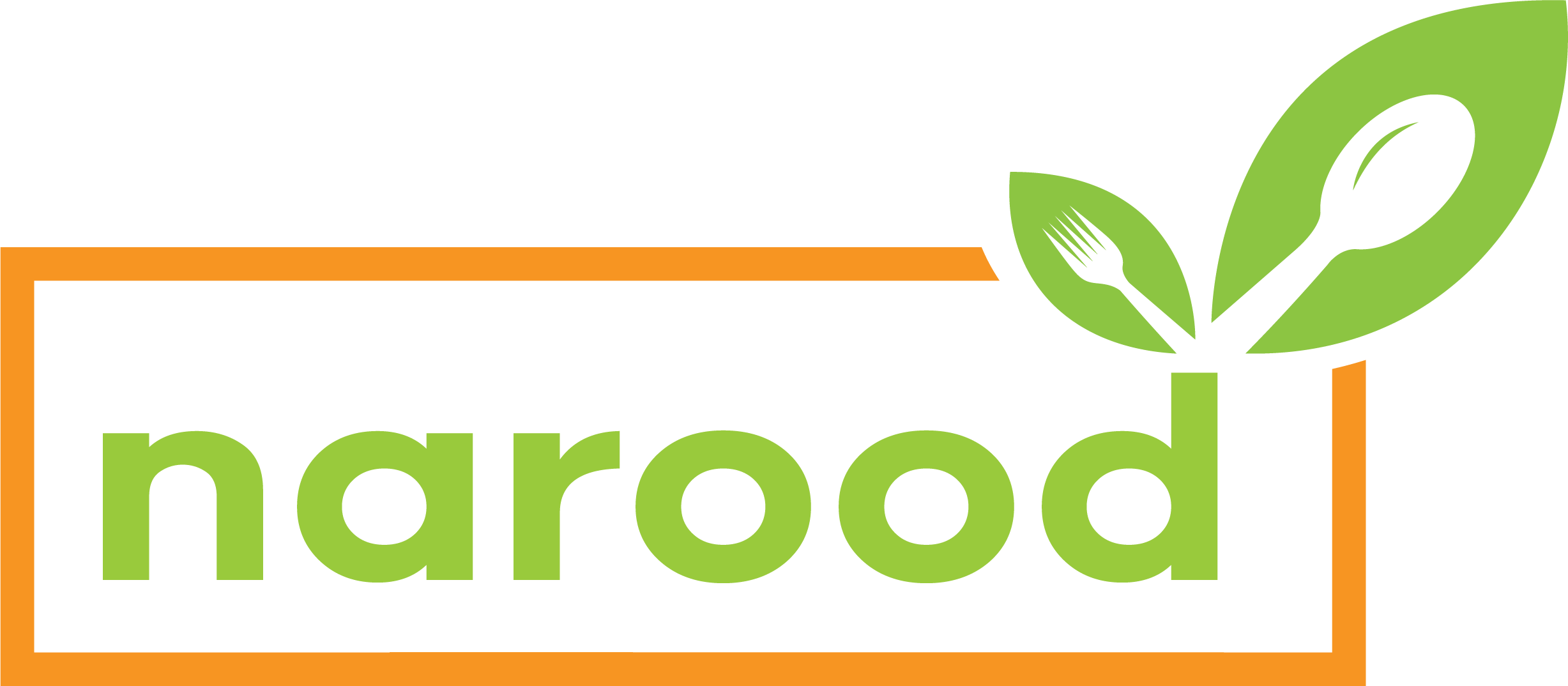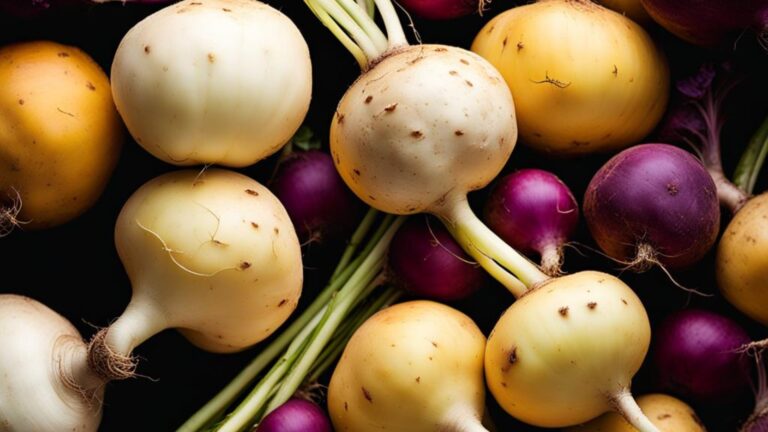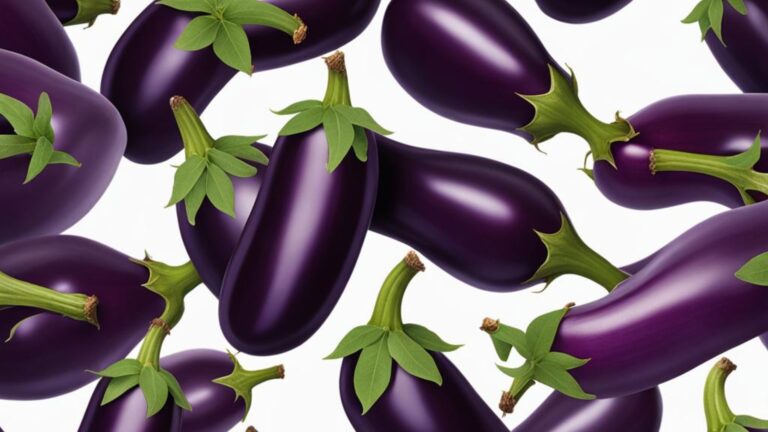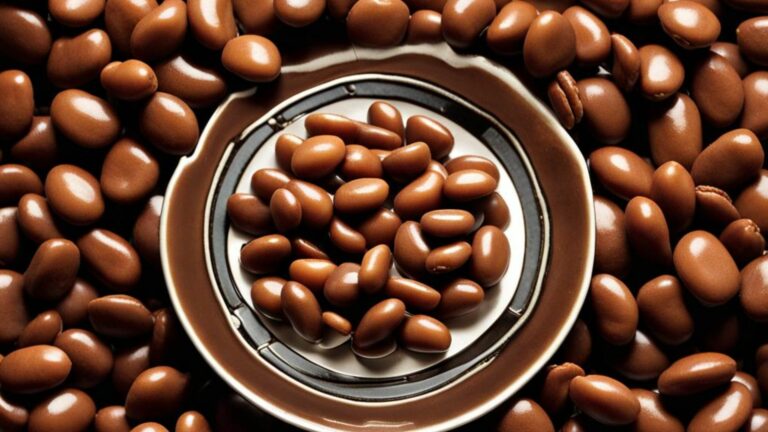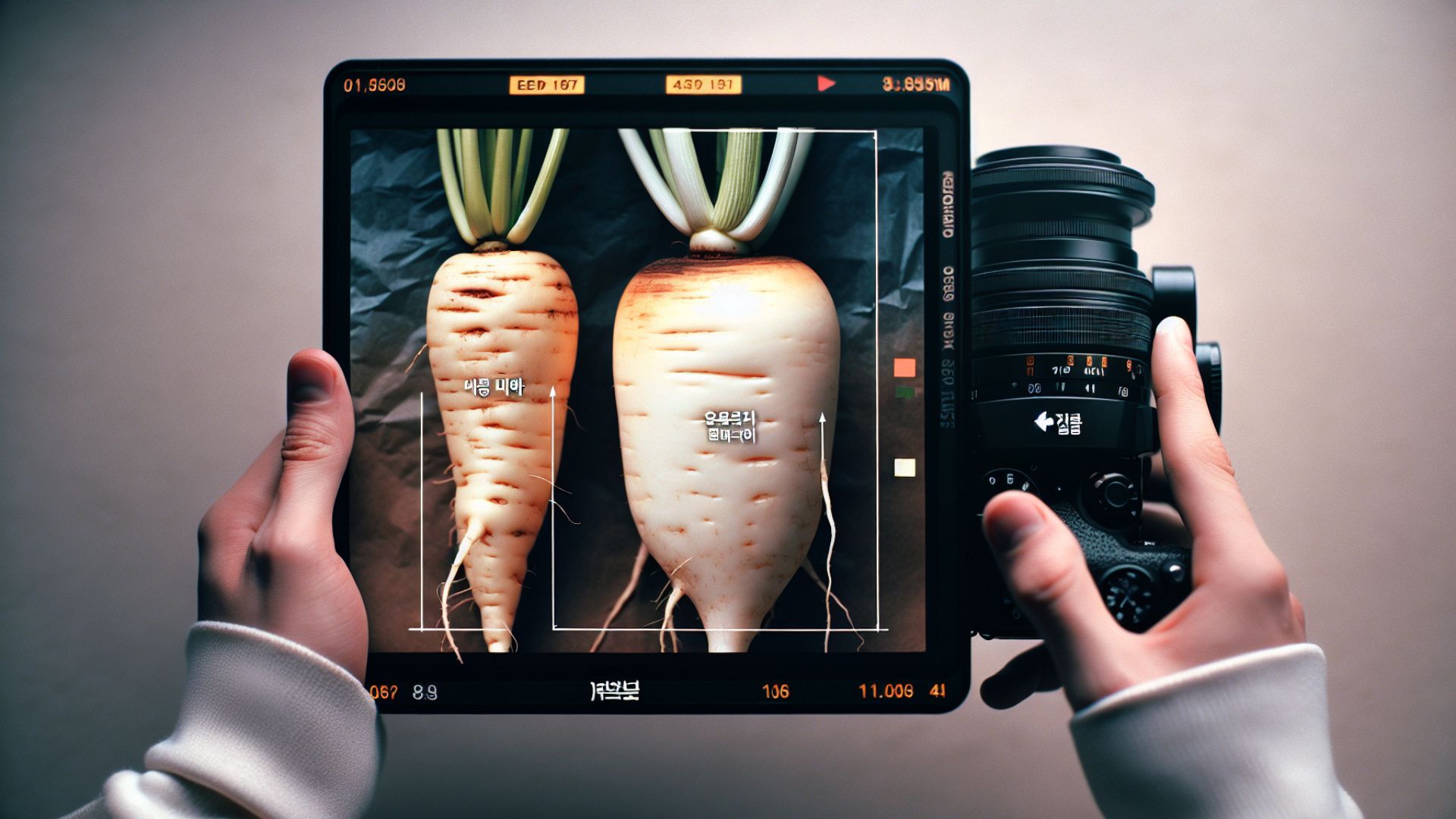
Because of their similar physical features, many people think Korean Radish and Daikon are the same. But actually, they are different.
As someone who loves to cook and experiment with new ingredients, I was curious to know more about these two vegetables and how they differ.
Korean Radish vs. Daikon, the main differences are as follows: Korean radish is milder in taste with a crisper texture, higher in vitamin C, and commonly used in Korean cuisine. Daikon has a spicier taste, is higher in calcium, and is commonly used in Japanese cuisine.
Read the whole article to know more about both vegetables. This will help you to know the core difference in detail. Finally, you will be able to select one of your recipes correctly.
An Overview
Before discussing the comparison, let’s look at an overview table of the famous vegetable items in Asian countries.
| Criteria | Korean Radish | Daikon |
| Taste | Milder, mildly sweet | Slightly spicy, bitter and peppery |
| Texture | Crisp, crunchy | Soft, tender |
| Culinary Uses | Soups, stews, stir-fries, pickled or fermented dishes | Salads, slaws, soups, stews, tempura |
| Nutritional Value | High in vitamin C, low in calories, high in fiber | High in calcium, low in calories, high in fiber |
| Availability | Can be difficult to find outside of Korean markets | Widely available in supermarkets and Asian markets |
| Price | This can be higher due to limited availability | Typically more affordable than Korean radish |
What is Korean Radish?
Korean radish is also known as mu or moo in the Korean language. This is a type of radish that has its origin in Korea. In appearance, Korean radish has a pale green and white exterior with a crisp texture. Its taste is mildly sweet.
When I first tried Korean radish, I was impressed by its versatility in cooking. It has many uses in local and other dishes. You can use them in soups, stews, stir-fries, and pickled or fermented.
Apart from its culinary uses, Korean radish also has numerous health benefits. It is rich in vitamin C, which helps boost immunity, and fiber, which aids digestion.
Moreover, its low-calorie counts make it an ideal ingredient for weight-conscious individuals.
What is Daikon?
Daikon, which is also known as Japanese radish that means, is a root vegetable from Japanese cuisine. Daikon has a cylindrical shape and a white exterior. Its taste is different from the Korean reddish.
Because it has a slightly spicy taste, I found that daikon is commonly used raw in salads and salads. But that is not the end; it is also used in dishes such as soups, stews, and tempura.
Like Korean radish, daikon has several health benefits. It contains antioxidants that help reduce inflammation and is rich in calcium—all these support bone health. Additionally, daikon is low in calories and fiber, which will help you in weight management.
Main Differences Between Korean Radish vs Daikon
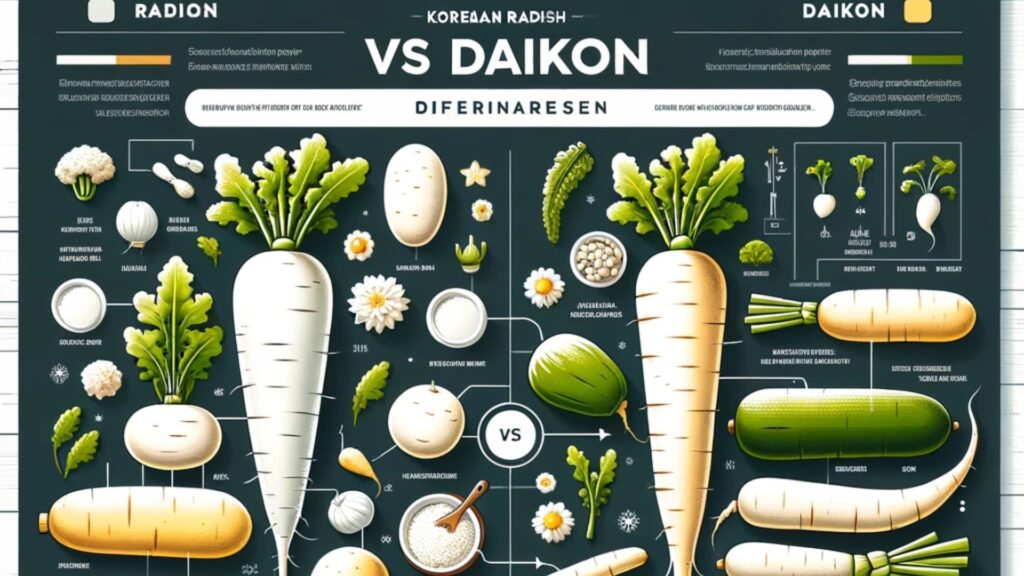
We have already read about both the items and their basic differences. Let’s explore them in detail.
Taste and Texture
Taste and texture are the main points of difference between Korean radish and daikon. Korean radish has a milder taste with a crisper texture, while daikon has a slightly spicier taste with a softer texture.
Besides that, Korean radish has a mildly sweet taste, while daikon is slightly bitter and peppery. Korean radish’s crisper and crunchy texture makes it different from daikon because daikon has a softer and more tender texture.
Culinary Uses
Another difference between Korean radish and daikon is their culinary uses. We commonly use Korean radish in Korean cuisine.
Also, in the soups, stews, stir-fries, and pickled or fermented dishes. It is often used as a vegetable or condiment to add flavor and texture to dishes.
On the other hand, Daikon is commonly used in Japanese cuisine and can be found in dishes such as salads, slaws, soups, stews, and tempura.
Here are the main differences between both. In Japanese cuisine, daikon is often used as a garnish or as a side dish to accompany other dishes.
Nutritional Value
Here, we will find both stand on the same point. In terms of nutritional value, both Korean radish and daikon are low in calories and high in fiber.
So, both are very useful for those conscious about weight management. However, Korean radish is higher in vitamin C, which helps boost immunity, while daikon is higher in calcium, which supports bone health.
Availability and Price
Finally, availability and price can also differ between Korean radish and daikon. This is a minor factor but may be necessary for you.
Korean radish can be more difficult to find outside of Korean markets because this is almost their traditional.
However, daikon is more widely available in supermarkets and Asian markets. Additionally, the price of Korean radish can be higher due to its limited availability.
FAQs
What are Korean Radish and Daikon?
Korean Radish, also known as Mu, is popular in Korean cuisine. It is typically green and white, with a crisp texture and a slightly sweet flavor. On the other hand, Daikon is a Japanese radish known for its large size, white color, and mild flavor.
What Are the Main Differences Between Korean Radish and Daikon?
The main differences between Korean Radish and Daikon are their shape, color, and flavor. Korean Radish is generally shorter and rounder, with a greenish hue on the top half, and has a stronger flavor. Daikon is longer and completely white, with a milder flavor.
What Are the Typical Uses of Korean Radish in Cooking?
Korean Radish is commonly used in kimchi, soups, stews, and banchan (side dishes). It can be eaten raw, cooked, or pickled.
What Are the Typical Uses of Daikon in Cooking?
Daikon is used in various Japanese dishes, including pickles, salads, and as a garnish for sashimi. It can also be grated and used as a condiment or cooked in soups and stews.
What is the Nutritional Content of Korean Radish?
Korean Radish is low in calories and high in vitamins C and A, potassium, and fiber. It also contains small amounts of calcium, iron, and protein.
What is the Nutritional Content of Daikon?
Daikon is also low in calories and high in vitamin C. It contains small amounts of potassium, calcium, and fiber and is a good source of folate.
Can Korean Radish and Daikon Be Used Interchangeably in Recipes?
While they have different flavors and textures, Korean Radish and Daikon can often be used interchangeably in recipes. However, the final taste and texture of the dish may vary.
What Are the Health Benefits of Korean Radish and Daikon?
Both Korean Radish and Daikon are low in calories and high in fiber, making them good for digestion and weight management. They are also high in vitamin C, which supports immune function and skin health.
How Are Korean Radish and Daikon Grown?
Korean Radish and Daikon are cool-season crops that prefer full sun and well-drained soil. They are typically directly seeded into the garden and harvested when the roots reach their desired size.
Where Can I Buy Korean Radish and Daikon?
Korean Radish and Daikon can be found in Asian grocery stores and some supermarkets. They are also available at farmers’ markets and online.
Conclusion
In conclusion, Korean radish and daikon are versatile ingredients that add unique flavors and textures to Asian dishes.
While they have some taste and nutritional value similarities, they also have differences that make them stand out in their respective cuisines.
Whether you prefer Korean radish or daikon, incorporating these root vegetables into your cooking can provide a delicious and healthy twist.
Hope you find this discussion helpful and gives you the right direction to decide. Thanks for reading from us.
